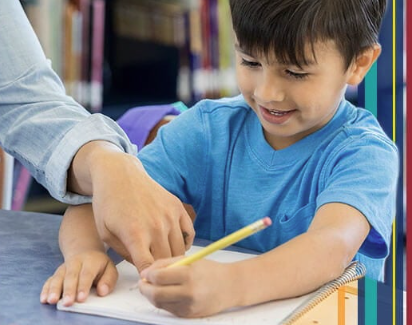Personalized learning is a valuable approach for supporting English as a Second Language (ESL) students. By tailoring instruction to individual language abilities, cultural backgrounds, and learning styles, educators can help ESL learners thrive academically and socially. In 2025, schools are increasingly recognizing the power of personalization to make learning more accessible, engaging, and inclusive for multilingual students.
Why Personalized Learning Matters for ESL Students
ESL students often face unique challenges, including adjusting to a new language, adapting to unfamiliar school systems, and balancing academic expectations with cultural transitions. Personalized learning offers flexible support by:
- Adapting content to language proficiency levels
- Incorporating students’ cultural backgrounds into lessons
- Providing multiple ways for students to express their understanding
- Encouraging growth in both language and subject-area skills
Strategies to Support ESL Students Through Personalized Learning
- Language Scaffolding and Visual Supports
Teachers can use visuals, translated materials, and sentence starters to make content more understandable. Gradual language support allows ESL learners to access grade-level material while building confidence. - Customized Vocabulary Development
Personal vocabulary lists, digital flashcards, and thematic word walls help students focus on language relevant to their needs and interests. Technology tools can offer pronunciation practice and interactive exercises. - Flexible Grouping and Peer Support
Grouping students strategically—for instance, pairing an ESL student with a peer mentor—creates supportive learning opportunities. It also promotes both social and academic development. - Culturally Responsive Content
Including stories, examples, and assignments that reflect diverse cultures makes learning more relatable. This fosters engagement and a stronger connection to the curriculum. - Use of Technology for Language Practice
Educational apps and online platforms offer personalized pathways for reading, listening, writing, and speaking practice. Students can work at their own pace, repeat lessons, and receive immediate feedback. - Goal Setting and Reflection in Students’ First Language
Allowing ESL students to set goals and reflect in their primary language, especially in early stages, helps deepen understanding and motivation while supporting their English development.
Benefits Observed in Schools
Educators who implement personalized learning with ESL students report improvements in:
- Language acquisition and retention
- Academic confidence
- Classroom participation
- Student engagement and collaboration
Schools have also noted that ESL students in personalized learning environments tend to show greater resilience and a stronger sense of belonging.
Moving Toward Inclusive Growth
In 2025 and beyond, integrating personalized learning for ESL students isn’t just about language instruction—it’s about equity and inclusion. By meeting students where they are and honoring their unique backgrounds, schools can create environments where every learner has the opportunity to succeed.
With supportive tools, thoughtful planning, and culturally responsive practices, educators can ensure that ESL students flourish in both language development and academic achievement.













